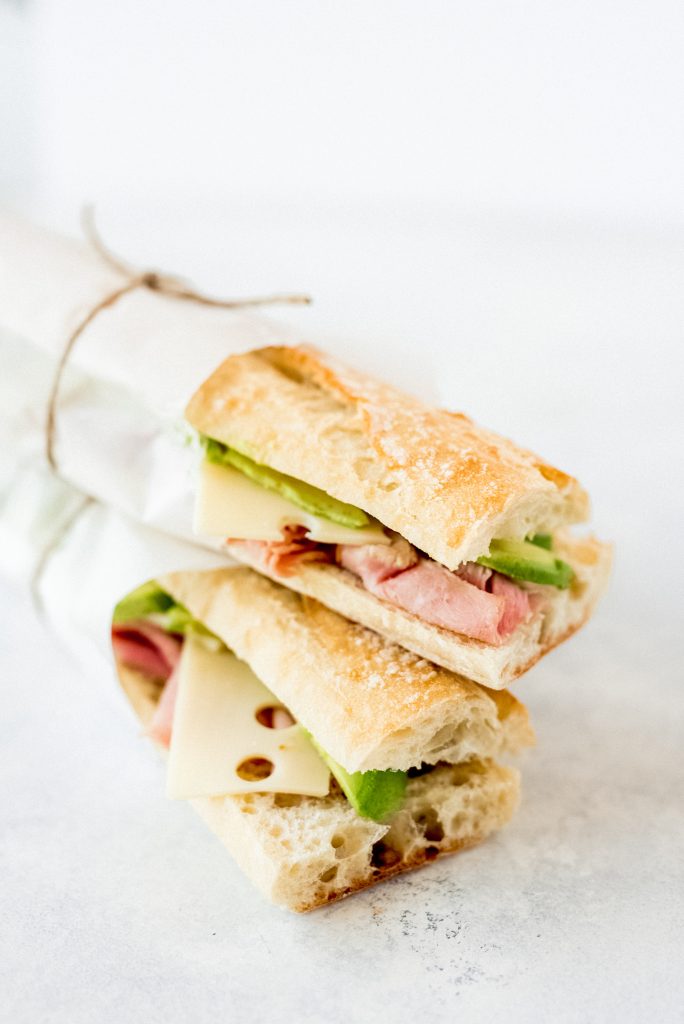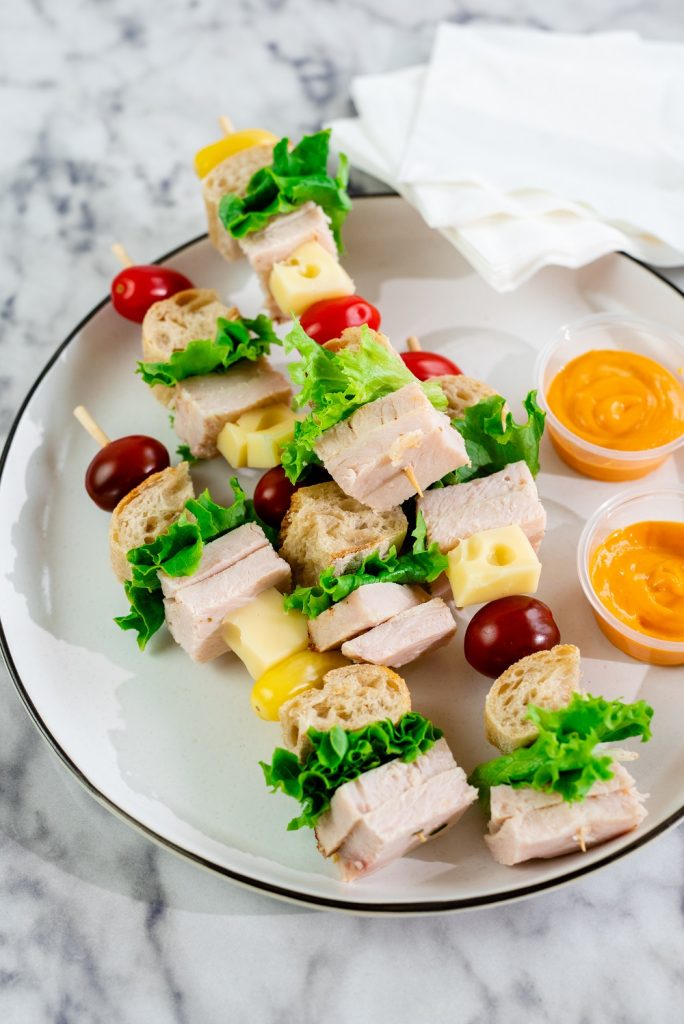26 Jul 4 Insider Tips to Keep Your Bread Fresh

Artisan-crafted Tribeca Oven bread has so much going for it: Its flavor is wonderfully complex (thanks to responsibly-sourced wheat and a careful fermentation process), and it works beautifully in all kinds of recipes.
Another awesome feature of our high-quality breads and rolls is more about what they don’t have. We’re talking about no GMO ingredients, no dough conditioners, no artificial colors or flavors or preservatives; you won’t find any of these fillers on the ingredients list of our products — ever.
Have you noticed that some super-processed bread products seem to go weeks, or even months, without getting moldy or stale? Many big-name brands use shelf-life extenders, like citric acid and ascorbic acid, to prevent these natural processes. So, while the bread might have the illusion of staying “fresh” for a long time, can you really consider it fresh if it’s chock full of preservatives, enzymes, emulsifiers and gums?
Because Tribeca Oven breads are baked without these items, they require a little extra mindfulness to prevent them from expiring. Not to worry! We’ve got a few tips and tricks for keeping your lovely loaves of Tribeca Oven bread in tip-top shape:
That's a Wrap
As soon as you open your Tribeca Oven bread, tightly wrap whatever you don’t use in plastic wrap. This helps prevent oxygen from coming into contact with the bread; breads often go stale by losing moisture to the air, and oxygen also carries wild yeasts and bacteria which can promote mold growth.
If you don’t have plastic wrap, you can use a beeswax wrap, tin foil or even a clean dish towel. Wrap the bread in this material, then place it back in the bag it came in, trying to press out as much air as you can before sealing it shut.
Safe Storage
Preservative-free bread fares best in a cool, dark place. A classic bread box or deep drawer works great; in a pinch, you can put bread in a cupboard, or even a microwave (just don’t forget to remove it before microwaving food!). Stored at ambient temperatures, most of our breads have a two- to three-day shelf life.
Avoid countertops that are in direct sunlight, the top of the refrigerator or any place too close to the stove or the dishwasher. These appliances frequently emit heat and/or moisture, both of which aren’t helpful when it comes to prolonging a bread’s shelf life.
Cool It
For smaller households, one of the most waste-reducing bread storage methods is freezing all the bread or a portion of it. It’s best to do this when the bread is as fresh as possible; many families simply take about half of the loaf and pop it in the freezer when putting groceries away. Or, if it becomes clear that you’re not going to finish your bread in two or three days, place whatever is left in the freezer. Pre-slicing it is a pro move for easy portioning when it’s time to reheat!
To freeze bread, wrap it in plastic wrap, and then place it in a freezer bag. Using a permanent marker, label the bag with the name of the product, and the date you’re freezing it. Properly stored bread can stay in the freezer for up to three months.
Reliably Reheat
A loaf Tribeca Oven in the freezer means that delicious bread is always on hand. This really helps simplify lunch prep or last-minute dinners! To make the most of your frozen loaves, leave a little extra time to thaw the bread, as this will make the texture even better when you reheat it! You can thaw bread on the countertop (a quicker option), or let it thaw in the fridge for a few hours (a great option overnight or during the work day). Our breads have high moisture levels, which allow them to refresh when baked!

Here are easy-to-remember instructions for thawing and reheating some of our most popular products:
- Tribeca Oven Baguettes: Thaw for 30 minutes, bake at 385° F for 12-16 minutes, rest for 30 minutes.
- Tribeca Oven Pull Aparts: Thaw for 30 minutes, bake at 350° F for 8-10 minutes, rest for 30 minutes.
For more breaducation tips, recipe inspiration and kitchen advice, follow Tribeca Oven on Instagram, YouTube, Facebook and LinkedIn. Looking for our artisan breads near you? Use our product locator to find Tribeca Oven at your local market or grocery store.



Sorry, the comment form is closed at this time.